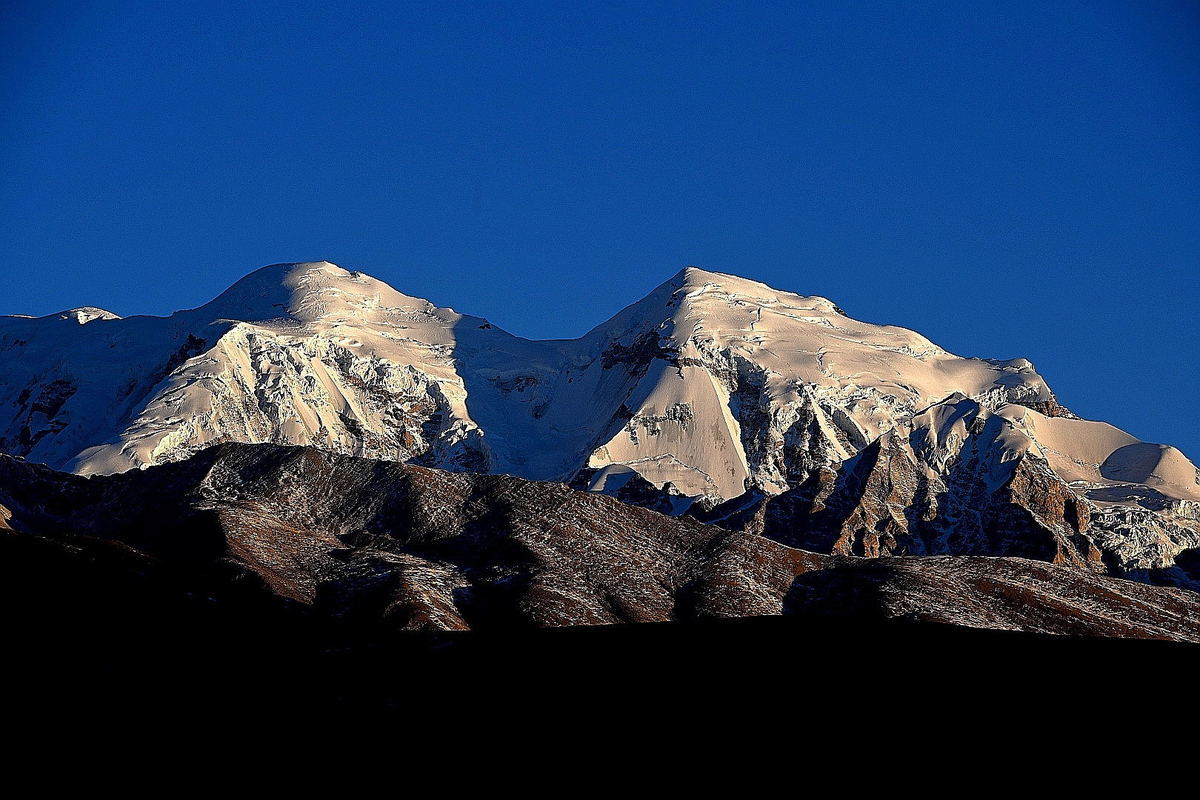China, Myanmar scientists find new evidence on Qinghai-Tibet Plateau formation


BEIJING - Geologists from China and Myanmar have found new seismic evidence to support a model that explains how the Indian subcontinent drifted northward anomalously fast and collided with Asia in ancient times.
The study, published on Saturday in the journal Science Advances, reveals that closure of the Neo-Tethys Ocean in the Mesozoic Era and the subsequent formation of the Qinghai-Tibet Plateau were likely caused by double subduction, a geodynamic process in which two plates following each other are synchronously subducted.
The researchers from the Chinese Academy of Sciences, the Myanmar Geoscience Society, Yangon University and Dagon University conducted high-resolution investigation of upper mantle structures beneath Myanmar.
The Myanmar region occupies the eastern end of the Indian-Asian collisional system. Due to less reworking from continental collision, it is an ideal place to probe possible slab remnants of double subduction, according to the study.
The research reveals, for the first time, two subparallel subducted slabs preserved intact in the present upper mantle beneath the Neo-Tethyan tectonic regime, supporting the double subduction model of the Neo-Tethys Ocean.
- Shenzhou XVIII successfully launched
- The Shenzhou XVIII spaceship successfully launched
- Xi calls on Chongqing to write its chapter in Chinese modernization
- Shandong produce seller begs for order cancellations after pricing error
- Zhejiang woman receives lenient sentence for rooftop poppy plantation
- Lucky mistake: Lottery player wins jackpot thanks to salesperson's error





































